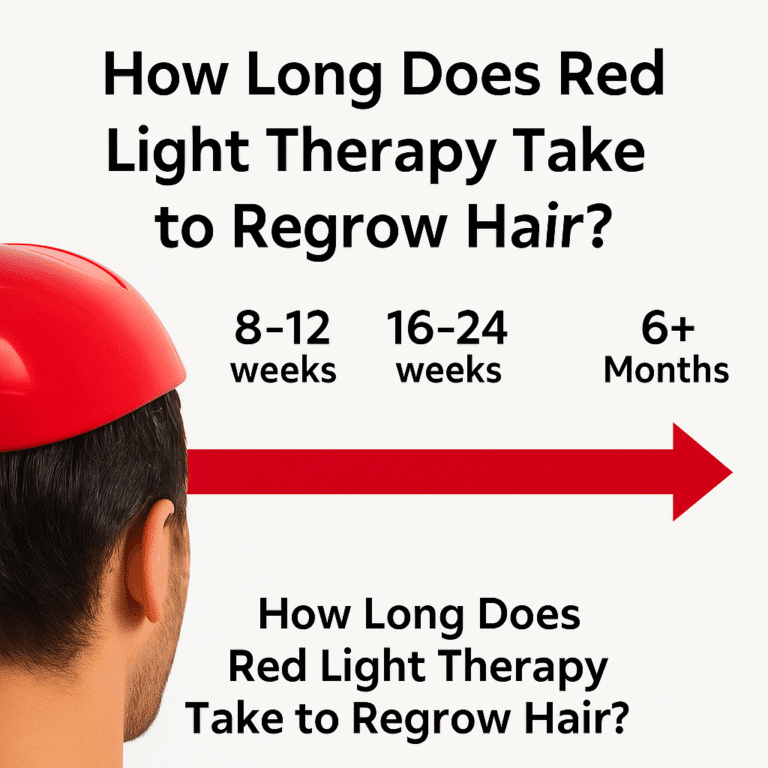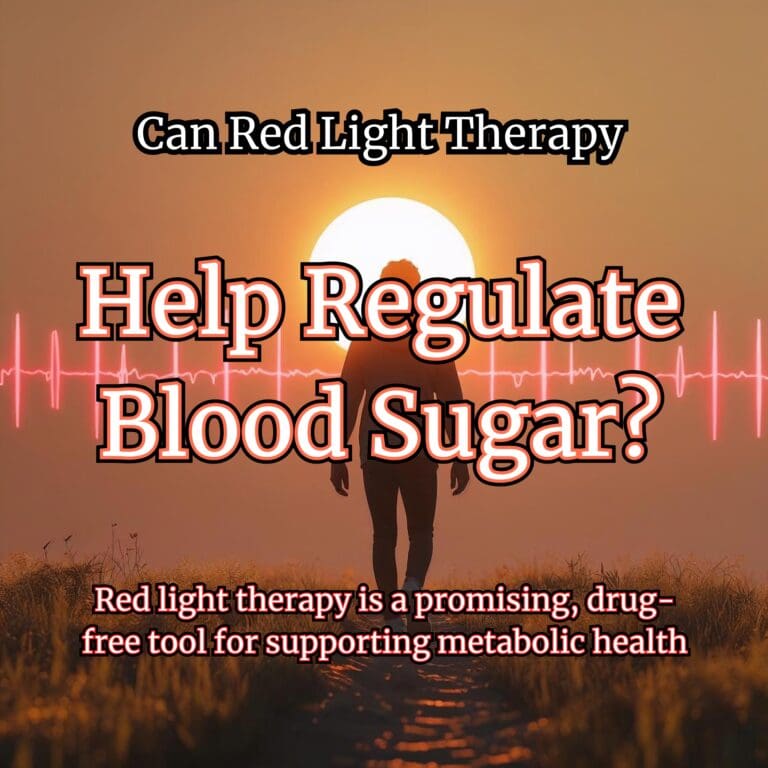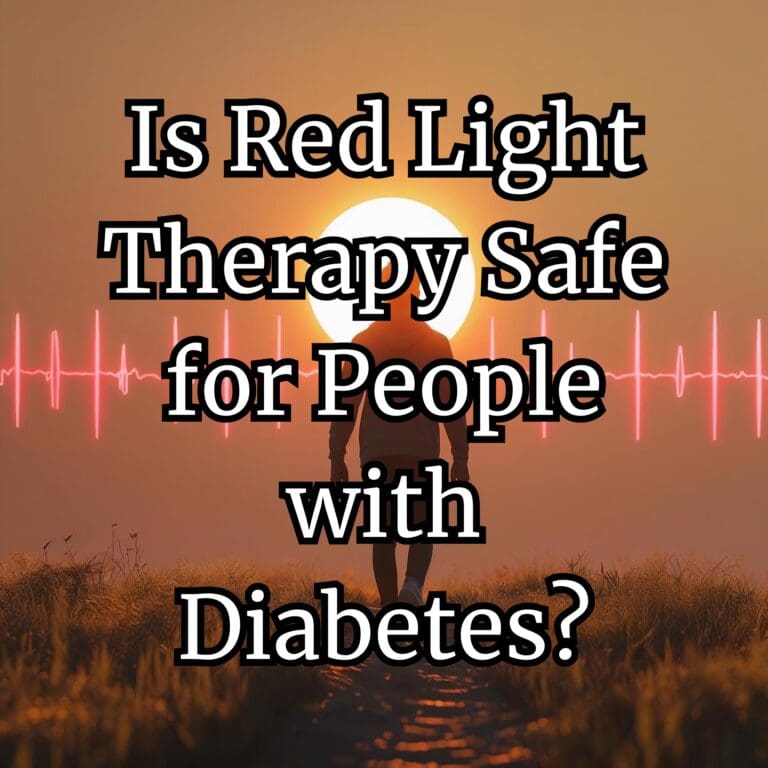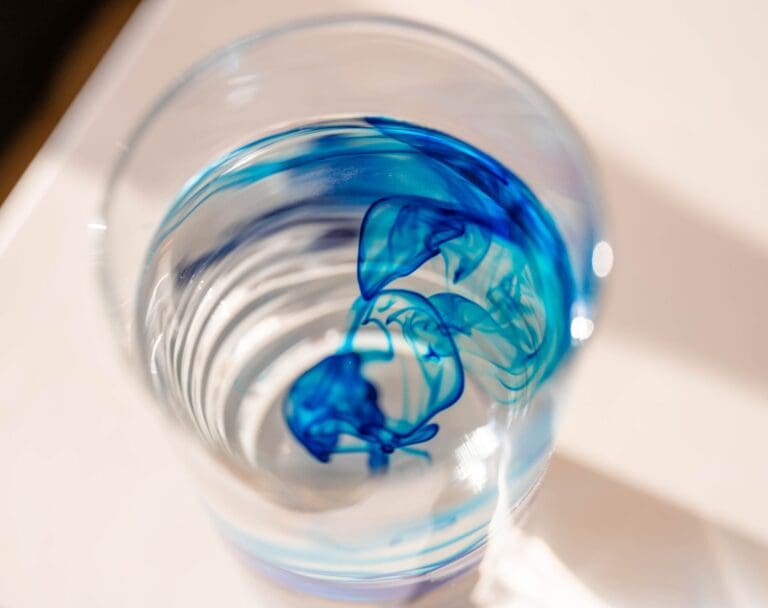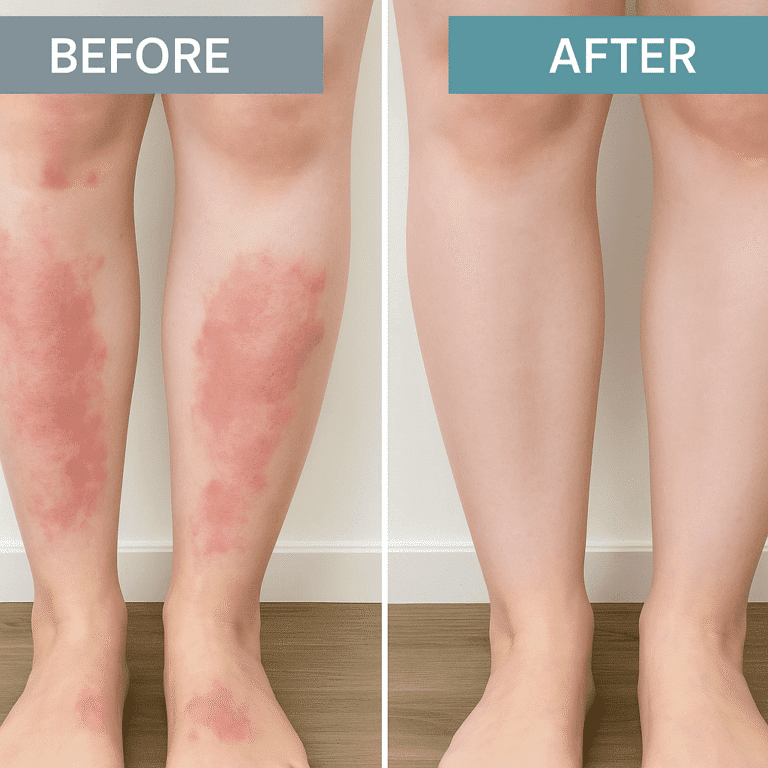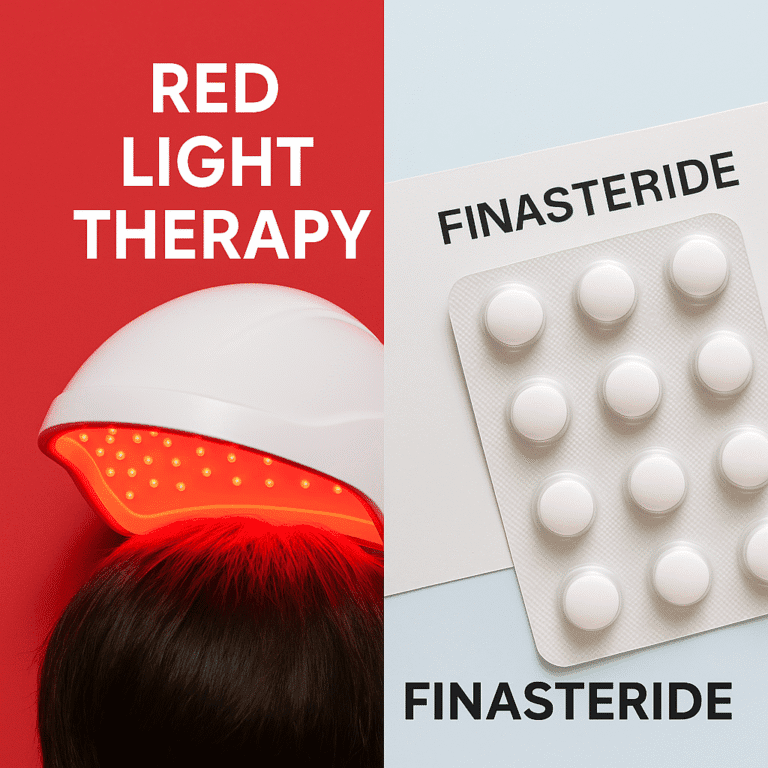Methylene Blue and Red Light Therapy Synergy
- Methylene Blue and Red Light Therapy Synergy
- Fuel Your Mitochondria
- The Basics of Methylene Blue (MB)
- The Basics of Red Light Therapy (RLT)
- How Methylene Blue and Red Light Therapy Work Together
- 1. Enhanced Cytochrome c Oxidase (CCO) Activation
- 2. Improved Redox Cycling and Antioxidant Support
- 3. Increased Cellular Energy (ATP)
- 4. Enhanced Penetration and Cellular Uptake of MB
- Potential Applications of the Combination
- How to Combine Methylene Blue and Red Light Therapy
- Safety Considerations
- Conclusion
- Sources
- Read More Articles
Fuel Your Mitochondria
In recent years, both methylene blue (MB) and red light therapy (RLT) have gained attention as powerful tools for improving mitochondrial function, reducing oxidative stress, and enhancing cellular energy production. Individually, these interventions have shown significant benefits for cognitive function, skin health, and overall energy. But what happens when they are used together? Emerging evidence and scientific insights suggest that methylene blue can enhance the effectiveness of red light therapy, creating a synergistic combination for optimal health.
The Basics of Methylene Blue (MB)
Methylene blue is a synthetic compound with a long history of use in medicine, dating back to its development as a dye in the 19th century. Today, it’s recognized as a metabolic enhancer and antioxidant. MB works at the cellular level to improve mitochondrial function, particularly by:
- Acting as an alternative electron carrier in the electron transport chain (ETC), bypassing dysfunctional complexes and enhancing ATP production.
- Reducing oxidative stress by scavenging free radicals and recycling itself between oxidized (blue) and reduced (colorless) forms.
- Supporting neuroprotection by stabilizing mitochondrial function, increasing ATP, and reducing cellular damage.
The Basics of Red Light Therapy (RLT)
Red light therapy uses wavelengths of light in the red (630–700 nm) and near-infrared (800–850 nm) spectrum to penetrate the skin and stimulate cellular processes. The light is absorbed by cytochrome c oxidase (CCO), a key enzyme in mitochondrial Complex IV of the ETC, which:
- Enhances the flow of electrons through the ETC, leading to increased ATP production.
- Reduces reactive oxygen species (ROS) and promotes an antioxidant response.
- Improves tissue repair, collagen synthesis, and overall cellular health.
How Methylene Blue and Red Light Therapy Work Together
When combined, methylene blue and red light therapy create a powerful synergistic effect by targeting the same mitochondrial pathways but through complementary mechanisms. Here’s how they work together:
1. Enhanced Cytochrome c Oxidase (CCO) Activation
- RLT Boosts CCO Activity: Red light directly stimulates cytochrome c oxidase, increasing the activity of Complex IV and boosting ATP production.
- MB Supports Electron Flow to CCO: Methylene blue acts as an electron carrier, donating electrons to Complex IV even in the presence of mitochondrial dysfunction.
- Synergy: The combination ensures that Complex IV has both the energy and the electrons it needs to function at peak efficiency, even in cells with damaged or inefficient mitochondria.
2. Improved Redox Cycling and Antioxidant Support
- MB Reduces ROS Levels: Methylene blue reduces oxidative stress by cycling between oxidized (MB) and reduced (LMB) forms, neutralizing free radicals.
- RLT Balances ROS Production: Red light therapy promotes the controlled generation of ROS, which acts as a signal to trigger repair mechanisms.
- Synergy: Together, MB and RLT strike the perfect balance, enhancing the antioxidant response while still allowing beneficial signaling processes to occur.
3. Increased Cellular Energy (ATP)
- MB Supports ATP Production Directly: By bypassing dysfunctional ETC complexes, MB ensures that electrons flow efficiently to Complex IV, enhancing ATP production.
- RLT Optimizes Mitochondrial Efficiency: Red light boosts mitochondrial performance by enhancing oxygen utilization and improving the function of all ETC complexes.
- Synergy: This dual approach ensures that mitochondria are operating efficiently and producing maximal ATP, which translates to increased energy at the cellular level.
4. Enhanced Penetration and Cellular Uptake of MB
- RLT Improves Microcirculation: Red light therapy enhances blood flow and oxygen delivery to tissues, which can improve the distribution of methylene blue throughout the body.
- MB Improves Cellular Metabolism: By improving mitochondrial function, MB enhances the ability of cells to absorb and respond to red light.
- Synergy: RLT amplifies the bioavailability and effectiveness of MB, while MB increases the sensitivity of mitochondria to red light.
Potential Applications of the Combination
The synergy between methylene blue and red light therapy can have a range of practical applications, including:
- Cognitive Enhancement:
- The combination supports brain health by improving mitochondrial function in neurons, reducing oxidative stress, and increasing ATP production, which may enhance memory, focus, and overall cognitive performance.
- Skin Health and Anti-Aging:
- MB protects skin cells from oxidative damage and increases collagen synthesis, while RLT promotes tissue repair and reduces inflammation, making the two a powerful duo for reducing wrinkles and improving skin elasticity.
- Neurodegenerative Conditions:
- For diseases like Alzheimer’s and Parkinson’s, which are linked to mitochondrial dysfunction, the combined effects of MB and RLT may slow disease progression and support neuronal health.
- Athletic Performance and Recovery:
- The combination improves mitochondrial efficiency in muscle cells, enhancing energy production, reducing fatigue, and speeding up recovery after exercise or injury.
- General Health and Longevity:
- By supporting mitochondrial function and reducing oxidative stress, MB and RLT together may help combat the effects of aging at the cellular level.
How to Combine Methylene Blue and Red Light Therapy
To safely and effectively combine these two therapies, consider the following guidelines:
- Dosage of Methylene Blue:
- Use low doses of MB (typically 0.5–2 mg/kg body weight) to avoid toxicity. Higher doses do not necessarily provide more benefits and may interfere with redox balance.
- Red Light Therapy Protocol:
- Use red light or near-infrared devices with wavelengths between 630–850 nm, and follow manufacturer recommendations for exposure times (typically 10–20 minutes per session). Avoid overexposure, which can lead to diminishing returns.
- Timing:
- Apply RLT after taking MB, allowing time for MB to circulate and reach cellular targets (typically 30–60 minutes after ingestion or application).
- Hydration:
- Ensure proper hydration to support detoxification and optimize the benefits of both MB and RLT.
- Consult a Professional:
- If you have underlying conditions or are taking other medications (e.g., serotonergic drugs), consult with a healthcare provider to ensure safety.
Safety Considerations
While the combination of MB and RLT is generally safe, some precautions are necessary:
- Methylene Blue Dosing: Avoid high doses of MB, as it can cause side effects such as serotonin syndrome (if combined with serotonergic drugs), nausea, or headaches.
- Overexposure to RLT: Too much red light can overstimulate cells, leading to fatigue or reduced effectiveness over time.
- Individual Response: Monitor how you feel after combining the two therapies. Adjust dosage or exposure time if needed.
Conclusion
Methylene blue and red light therapy are powerful mitochondrial enhancers in their own right, but their combination offers an even greater potential for improving cellular energy, reducing oxidative stress, and enhancing overall health. By working synergistically to optimize mitochondrial function, this pairing may offer transformative benefits for cognition, skin health, physical performance, and more. With thoughtful use and proper guidance, methylene blue and red light therapy can become a cornerstone of a modern health optimization regimen.
WARNING! Taking Methylene Blue with serotonergic medications or opiates can be fatal!
Sources
- Photodynamic Interactions & MB as a Photosensitizer:
- Tardivo JP, Del Giglio A, de Oliveira CS, et al. \”Methylene blue in photodynamic therapy: From basic mechanisms to clinical applications.\” Photodiagnosis and Photodynamic Therapy. 2005. PubMed Link
- Red Light Therapy and Mitochondrial Benefits:
- Chung H, Dai T, Sharma SK, et al. \”The nuts and bolts of low-level laser (light) therapy.\” Annals of Biomedical Engineering. 2012. PubMed Link
